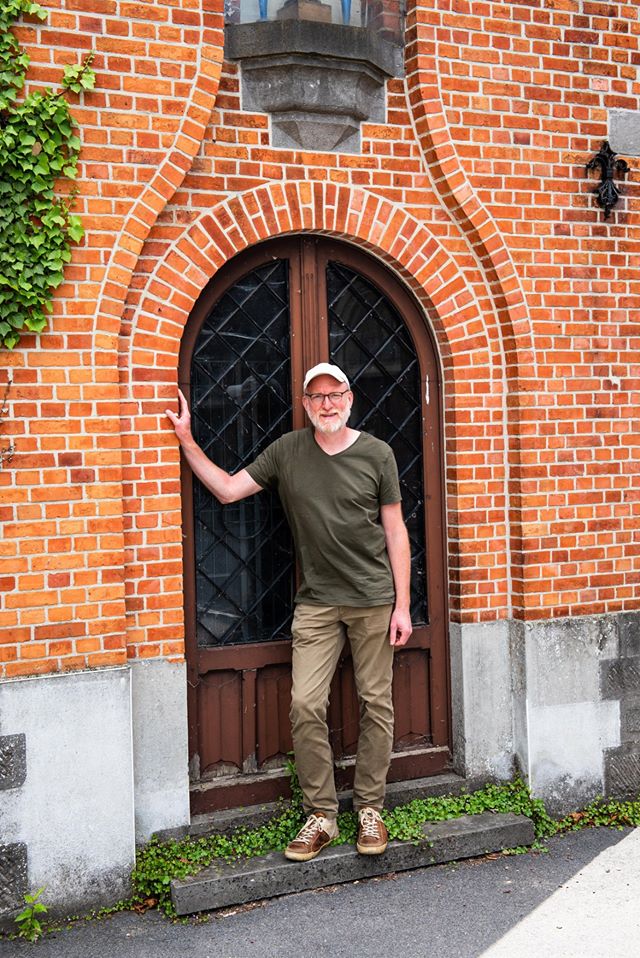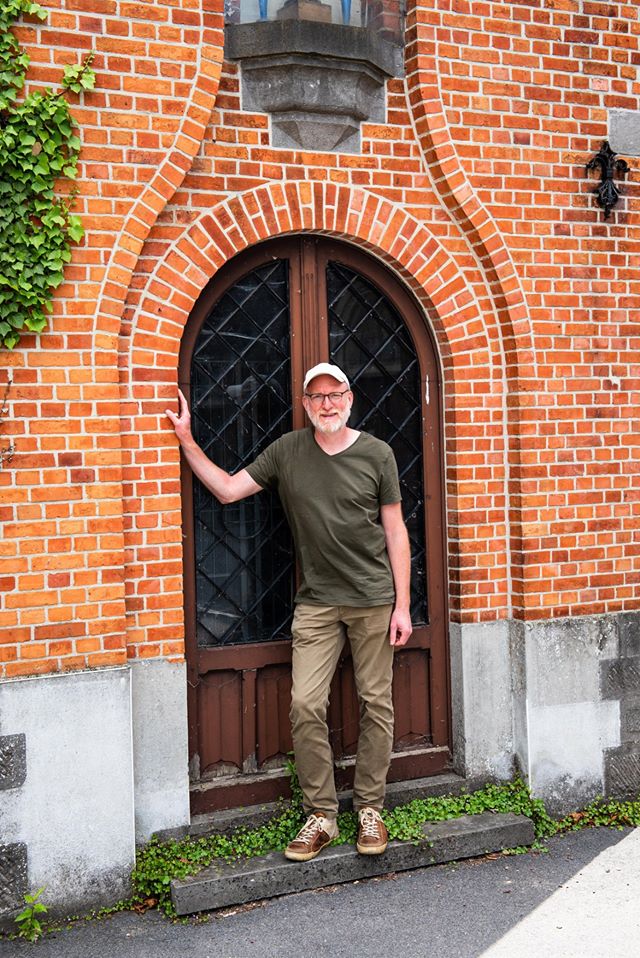
Part of the Konnektor-project
Originally from the Netherlands, Edwin Stolk’s practice is not limited by geographical boundaries. An initiator of public interventions, he creates artistic processes which are socially engaged, context dependant and often ephameral in nature – all elements which can be traced back to former military training and his time active as a truck driver. It comes as no surprise that he sees and uses art as an instrument most suited to visualising or (re)imagining specific situations. Creating connections is pivotal in his artistic practice: as imagery processes are in a constant state of movement, history, present and past should at all times engage in a dialogue with one another. That connective element is also expressed in his participatory endeavours. Both co-ownership and co-authorship form the building blocks upon which his perceptions rely.
During his residency, Stolk is devoted to unravelling the relation between inhabitants of the village Kerkbrugge-Langerbrugge and the industrial heritage of the former electricity plant. According to the artist, the transitional area Langerbrugge-Zuid confirms the fracture between past and present. Metaphorically entitled De Zwarte Plint (The Black Plinth), his research focuses on the transition of the heritage in relation to the ground on which the village is built. By openly inviting and encouraging the neighbourhood to share their connections with or stories about the electricity plant, he hopes to broaden its meaning. Stolk not only intertwines heritage, history and (public) signification and interpretation, but also touches things like viability, spatial planning, and the right and formation of images.
More info on his research project The Black Plinth you can find here
